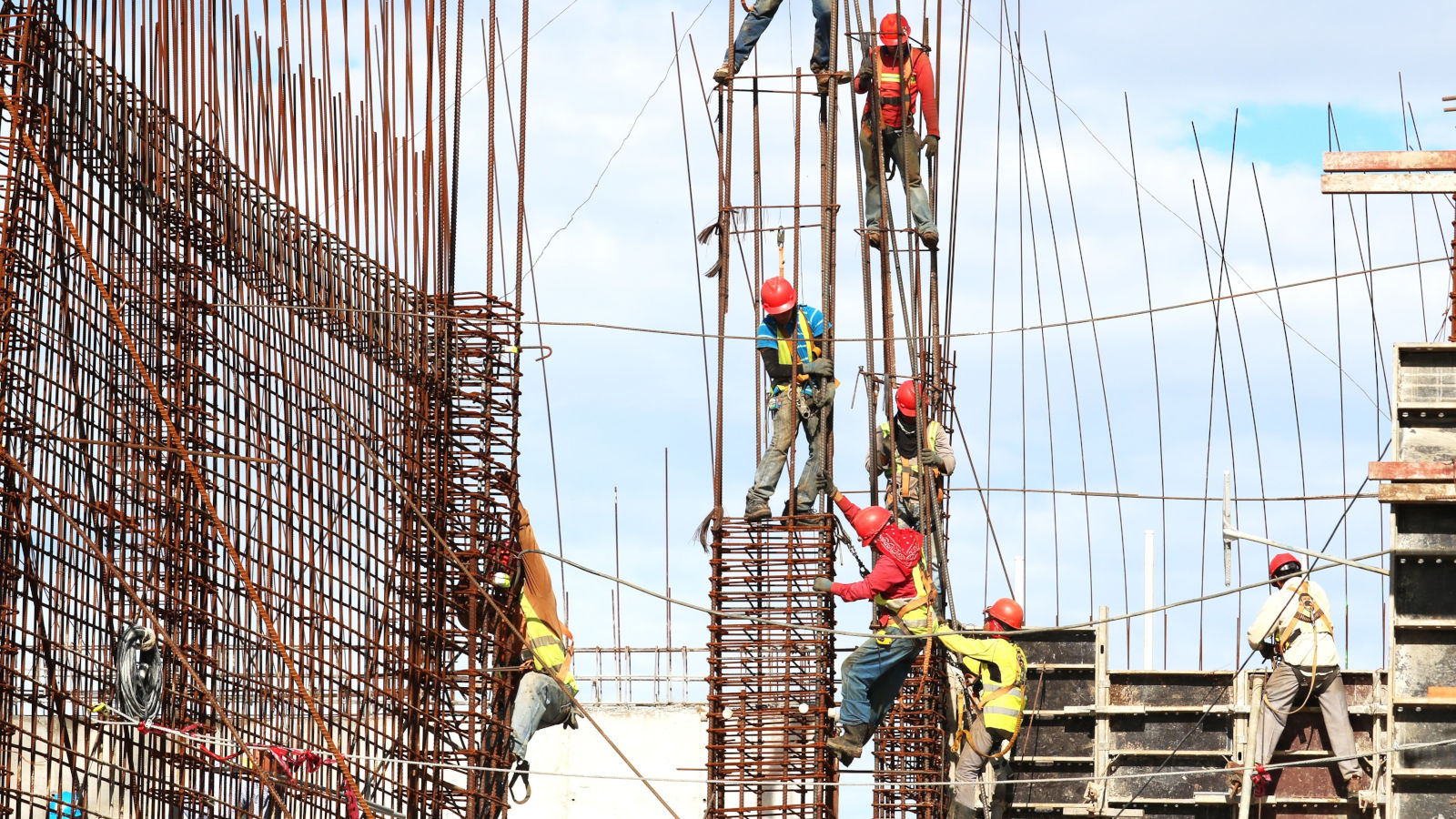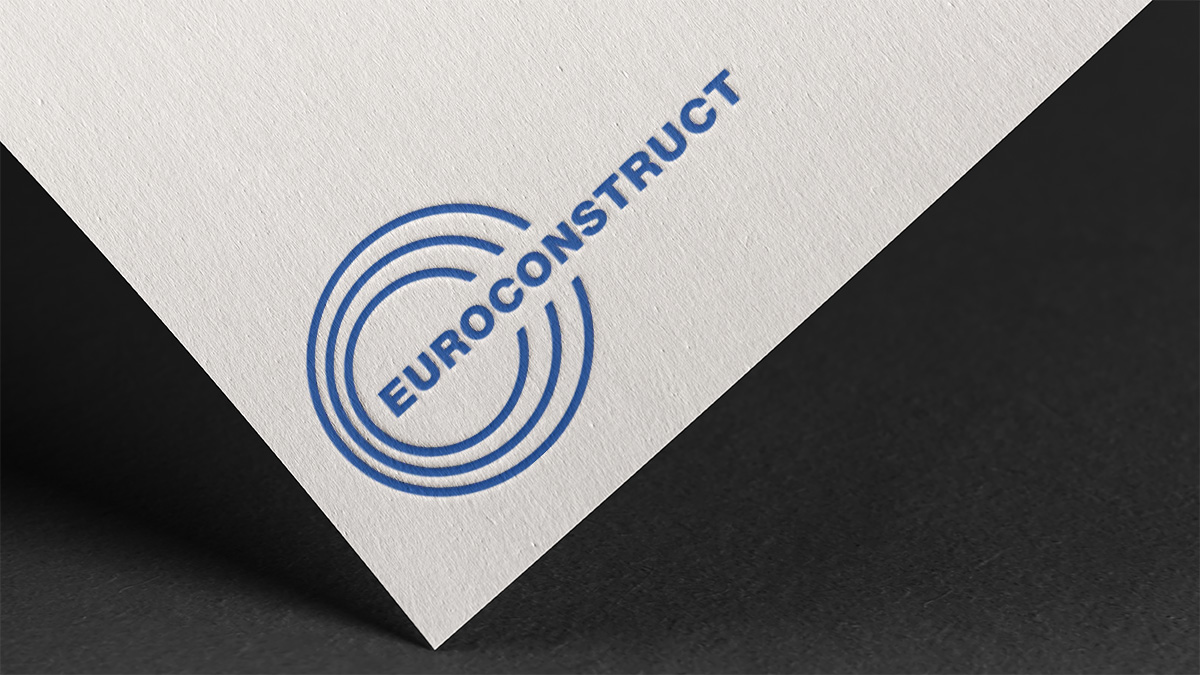
In general, the volume of realized construction production is influenced by construction demand, available sources of construction financing (public finance, private finance and loans), construction preparation (projects, permits), selection of construction contractor and obstacles in the implementation of construction. The civil engineering sector depends on the volume of public and EU funding. Non-residential construction is mainly realized by private sources in connection with investments of private companies.
According to the latest analysis, construction output in the first six months of the last 5 years amounted to around 40.0% of all-year construction output. In the second half of the year, construction output is expected to reach around 3.404 billion (60.0% of all-year construction output, in current prices).
Construction output in Slovakia (excluding DIY and grey economy) amounted to € 2.269 bill in the first half of 2019, according to the Statistical Office of the Slovak Republic. Residential sector represented 28.9% (€ 655.1 million), non-residential sector 40.3% (€ 914.7mill) and civil engineering sector 30.8% (€ 699.4 million).
In the first half of 2019, the strongest growth of construction output was observed in residential sector by approximately 10% (year-on-year). Residential construction growth is based on the strong demand for flats (including new buildings) and the availability of favourable credit conditions (low mortgage rates, starting at 0.89% p.a., due to low ECB interest rates and bank competition). The National Bank’s intervention with regard to the conditions for taking out mortgage loans in order to prevent an increase in population’s indebtedness does not have a significant impact on the taking up of new loans. There is also a demand for flats in older residential buildings, which are subsequently repaired and modernized and retained by the buyer or sold to others. On the Slovak housing market there are no rental apartments or cheap apartments for young people. The citizens in the neighbourhood are against the construction of rental and social housing because of the expected composition of future residents. The rental market is focused for purchase apartments as investments and then renting them (higher revenue than interest in the bank). Foreign companies also buy and rent apartments in Bratislava. The high demand has an impact on housing prices which are increasing (year-on-year growth of apartment prices by 6.4% on average according to the Slovak National Bank and in comparison to real estate agencies even higher). Residential property prices are expected to rise in the coming years. Residential sector was the only one with positive impact on total construction output. In the first half of 2019, a decrease in construction output was observed in non-residential sector by approximately 5% and also in civil engineering sector by approximately 8% (year-on-year). The slowdown of transport infrastructure construction is expected because of the cancellation of the contract for the the Višňové tunnel, problems in the construction of the Čebrať tunnel and a delayed start of new construction projects. In the second half of 2019 a slow increase in construction intensity of transport infrastructure is expected, which is related to the relocation of resources from other operational programs (EU funds). Investments in transport infrastructure are expected to increase in road repair and maintenance of 1st class, 2nd class and on the local level. The PPP project – capital’s ring road, including the bridge over the Danube – is on its way.
Summary
Economic growth is slowing down, according to statistical data. In the first quarter of 2019 GDP grew by 3.7% and in the second quarter by only 1.9%, so the planned balanced state budget may be not achieved. This will negatively affect investments from the state budget if the unfavourable development continues. The demand for residential real estate is not expected to decrease significantly.
Residential construction will continue to grow due to the lack of flats. In some cases (architectural projects), flats already existing on paper are sold. Dwellings under construction will be completed. Most of the new units are within family houses which construction will also go on. Only the decision of developers about new projects and the bank’s granting of loans is uncertain. Nevertheless, 2019 construction output for residential buildings will grow compared to the previous year.
Non-residential construction is expected to continue – due to the nature of non-residential buildings and so their multiannual construction duration. In the case of industrial buildings, it is expected that the volume of finance will be reduced since huge investment projects (mainly car factories) were completed. These lower investments will be triggered by foreign companies. A decrease in construction output of non-residential buildings is therefore expected.
Civil engineering – EU funds are allocated to transport infrastructure projects under construction. A slower year-on-year decrease is expected according to report from first half of the year.
Sources
Statistical Office of Slovak Republic
National Bank of Slovak Republic
